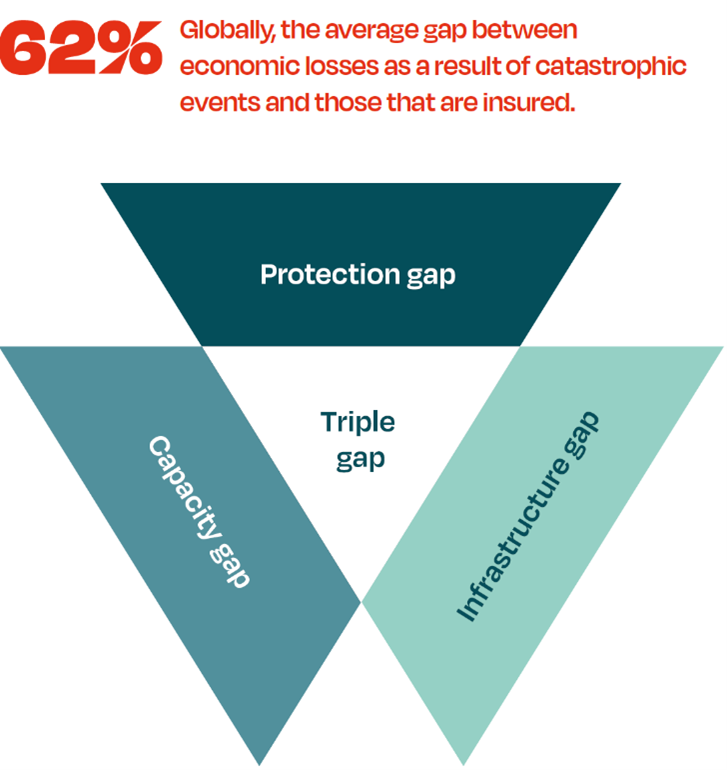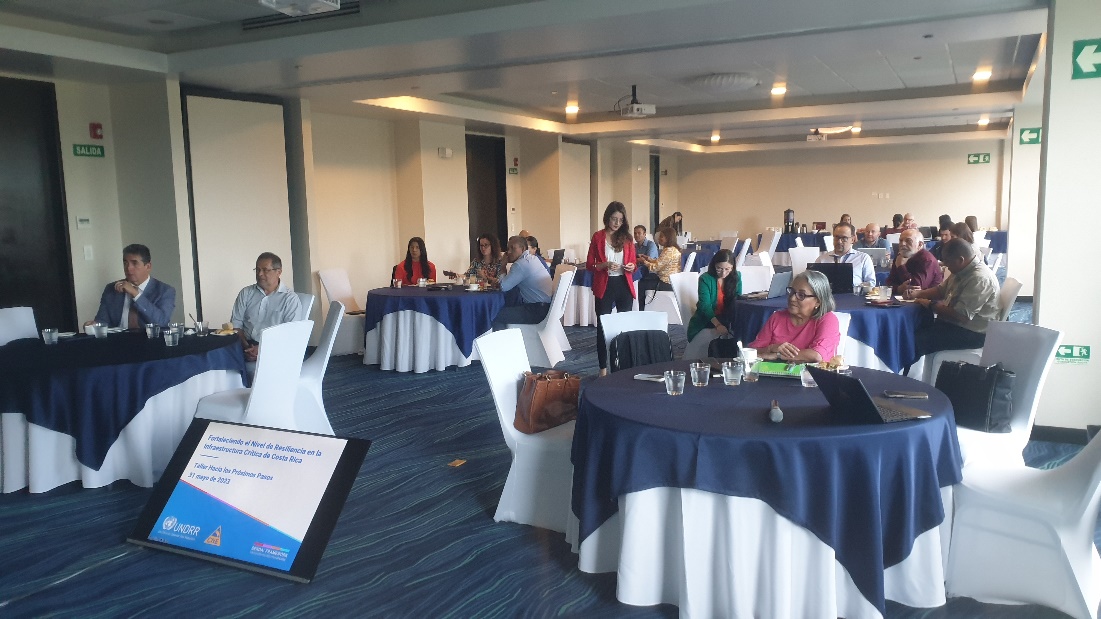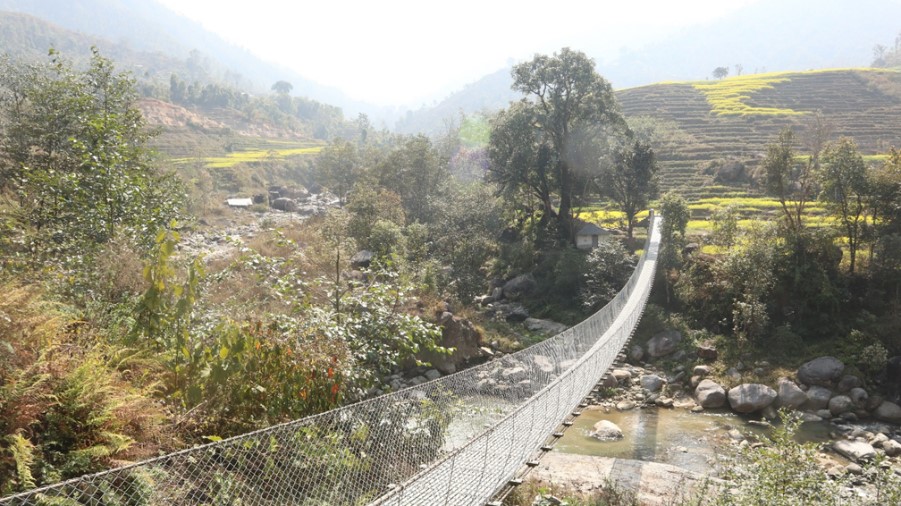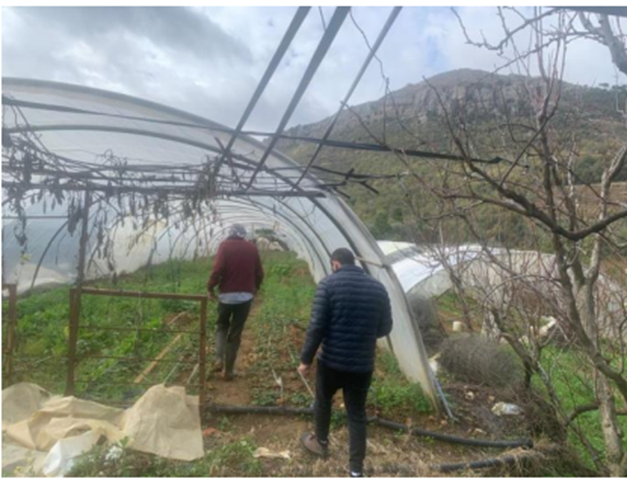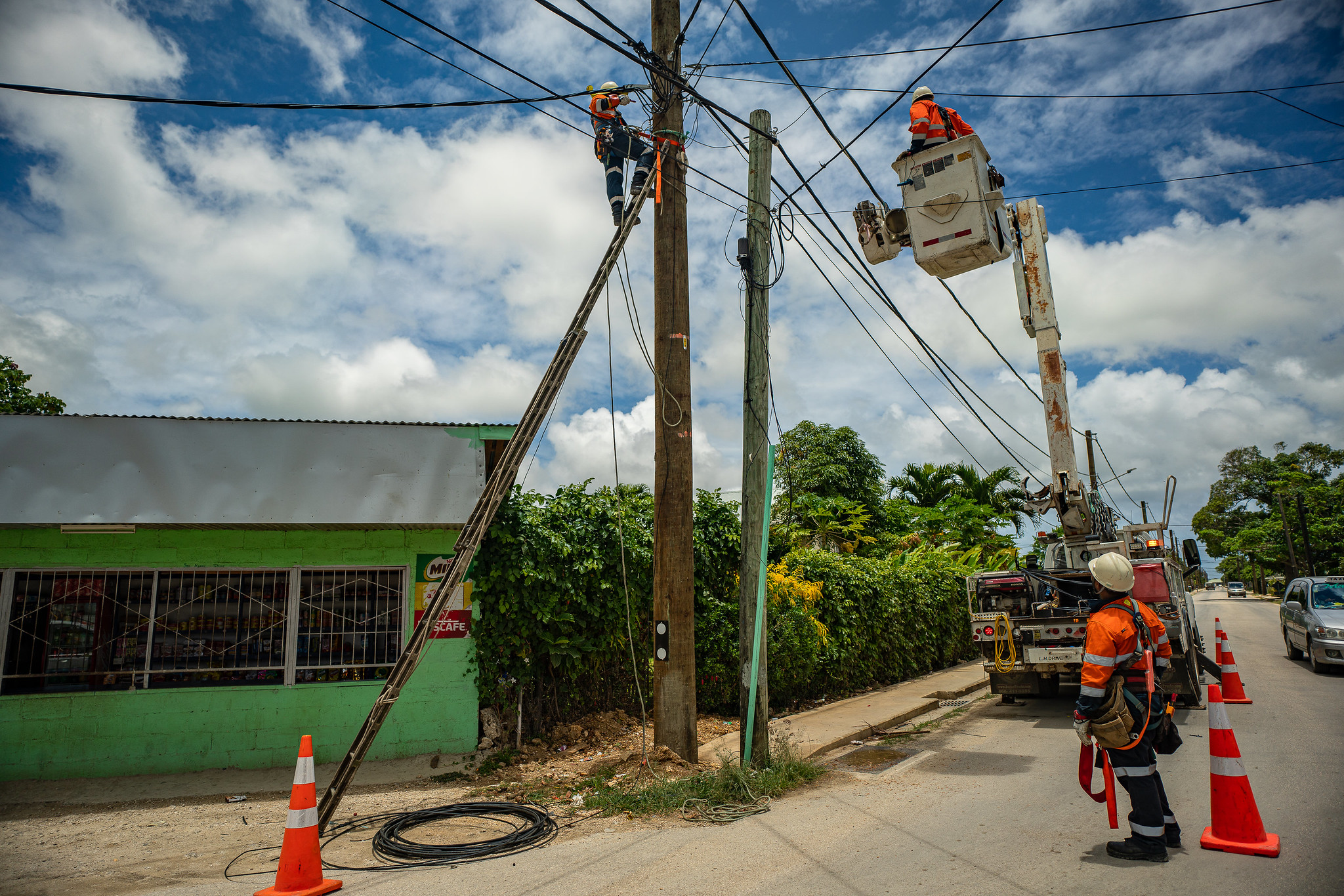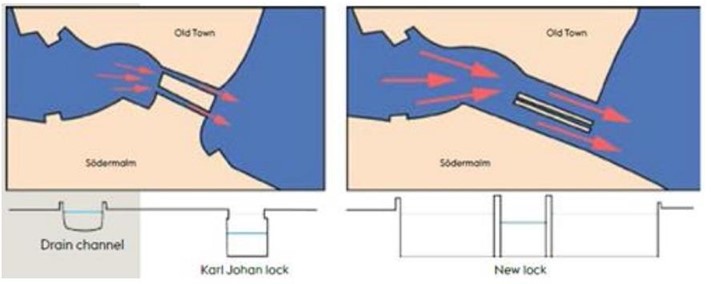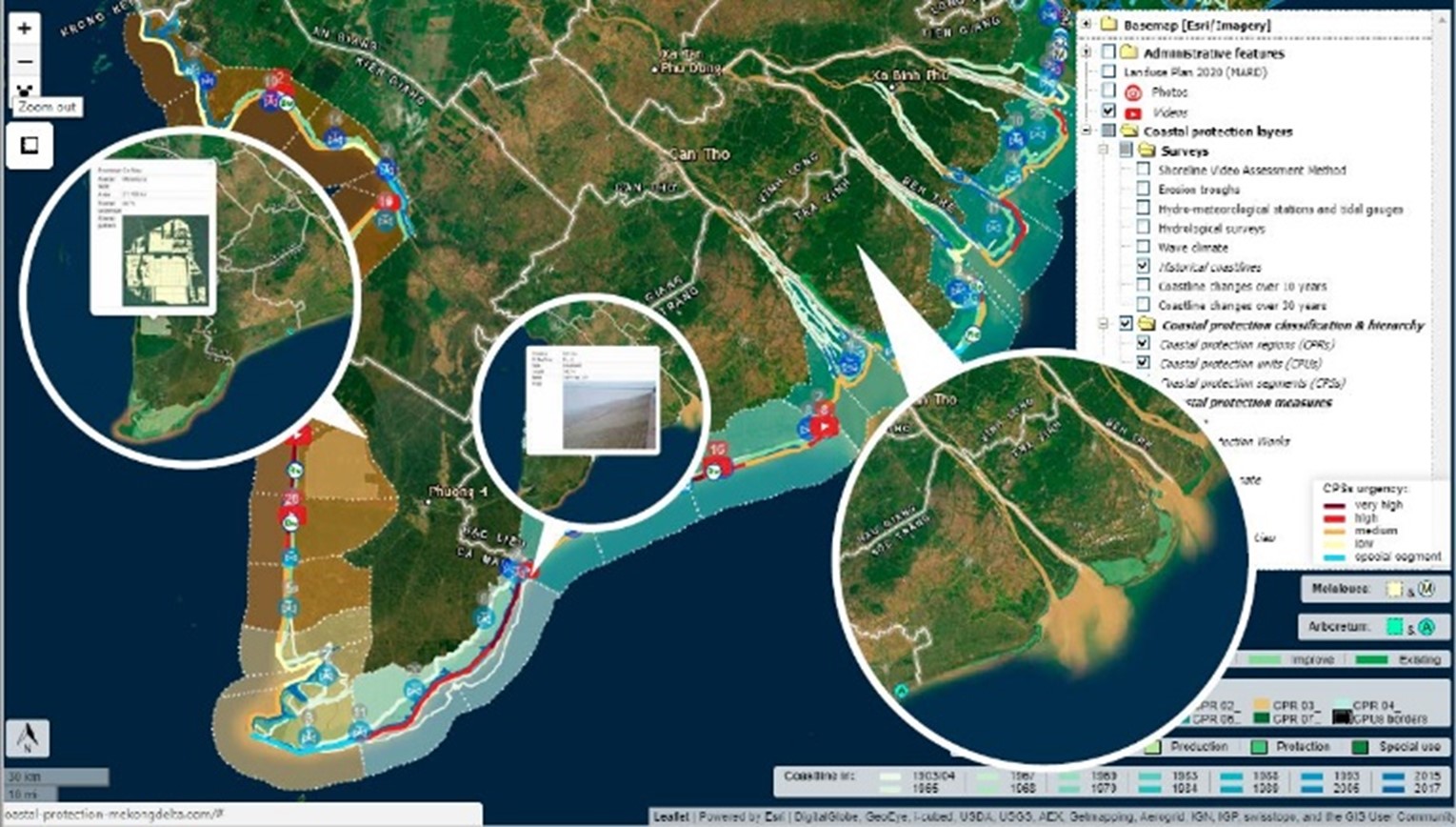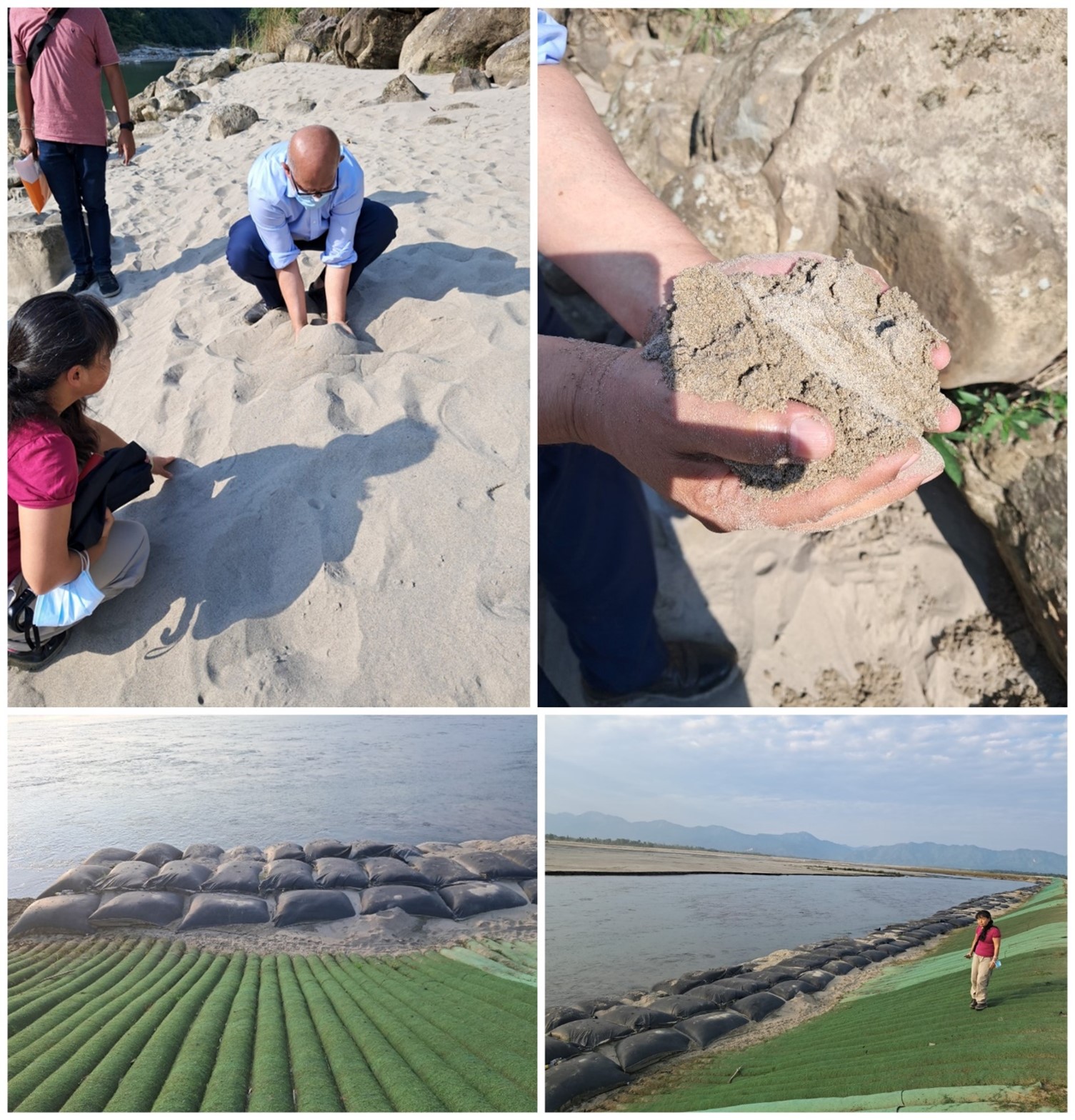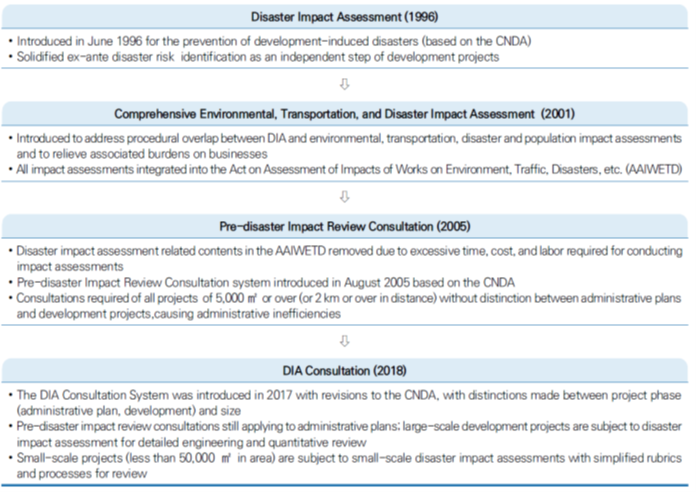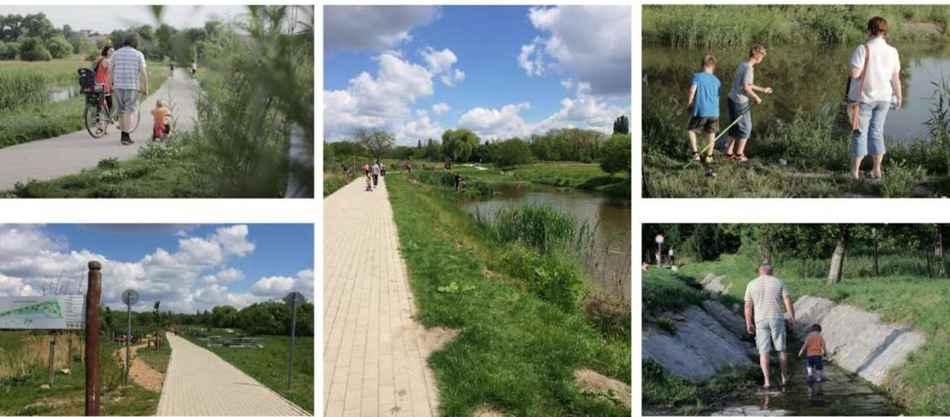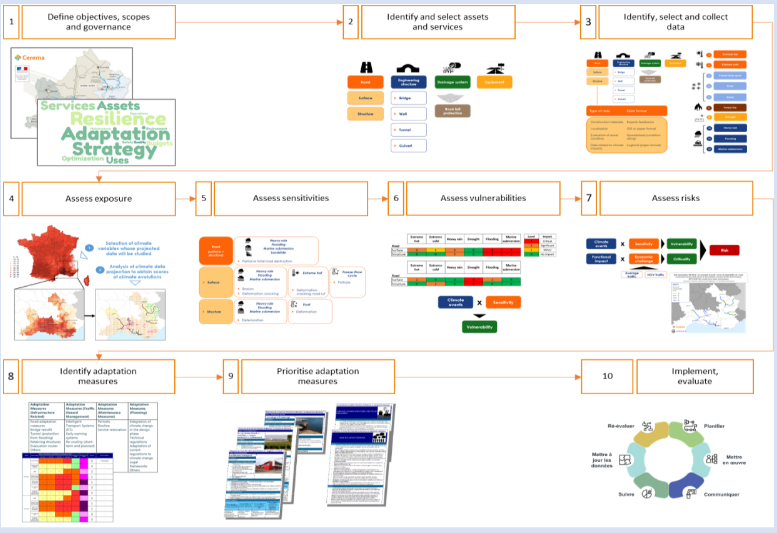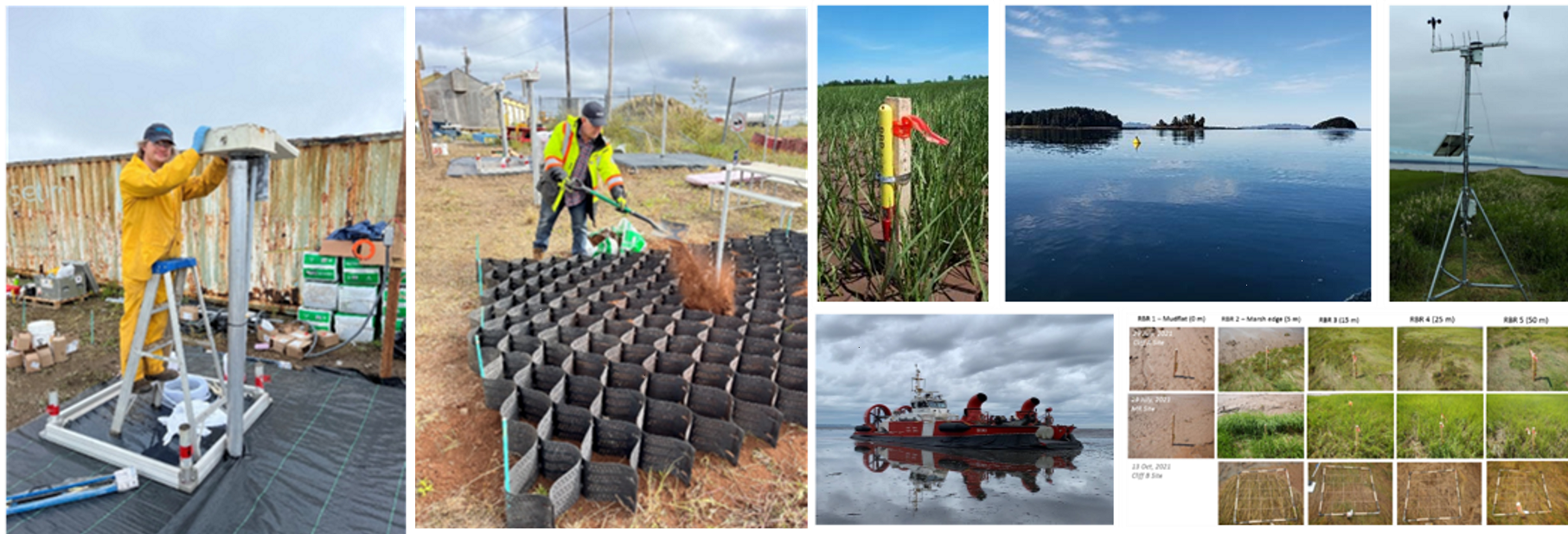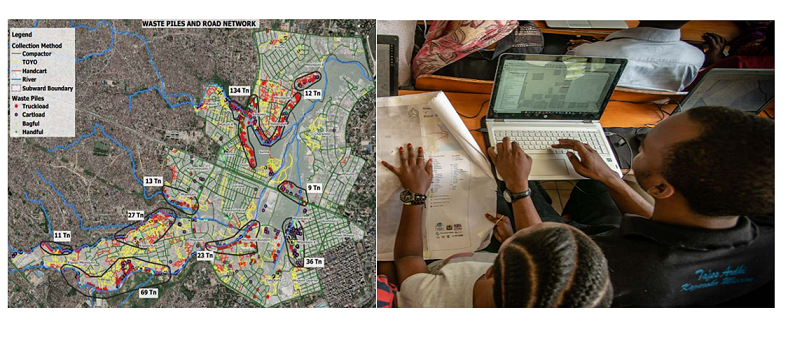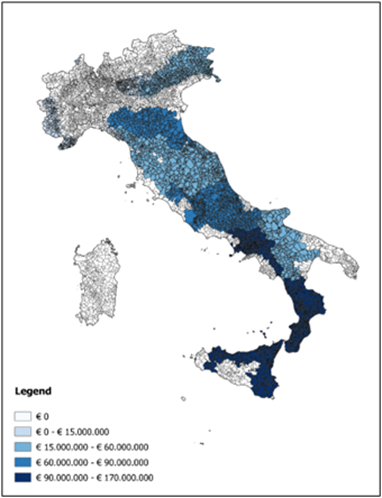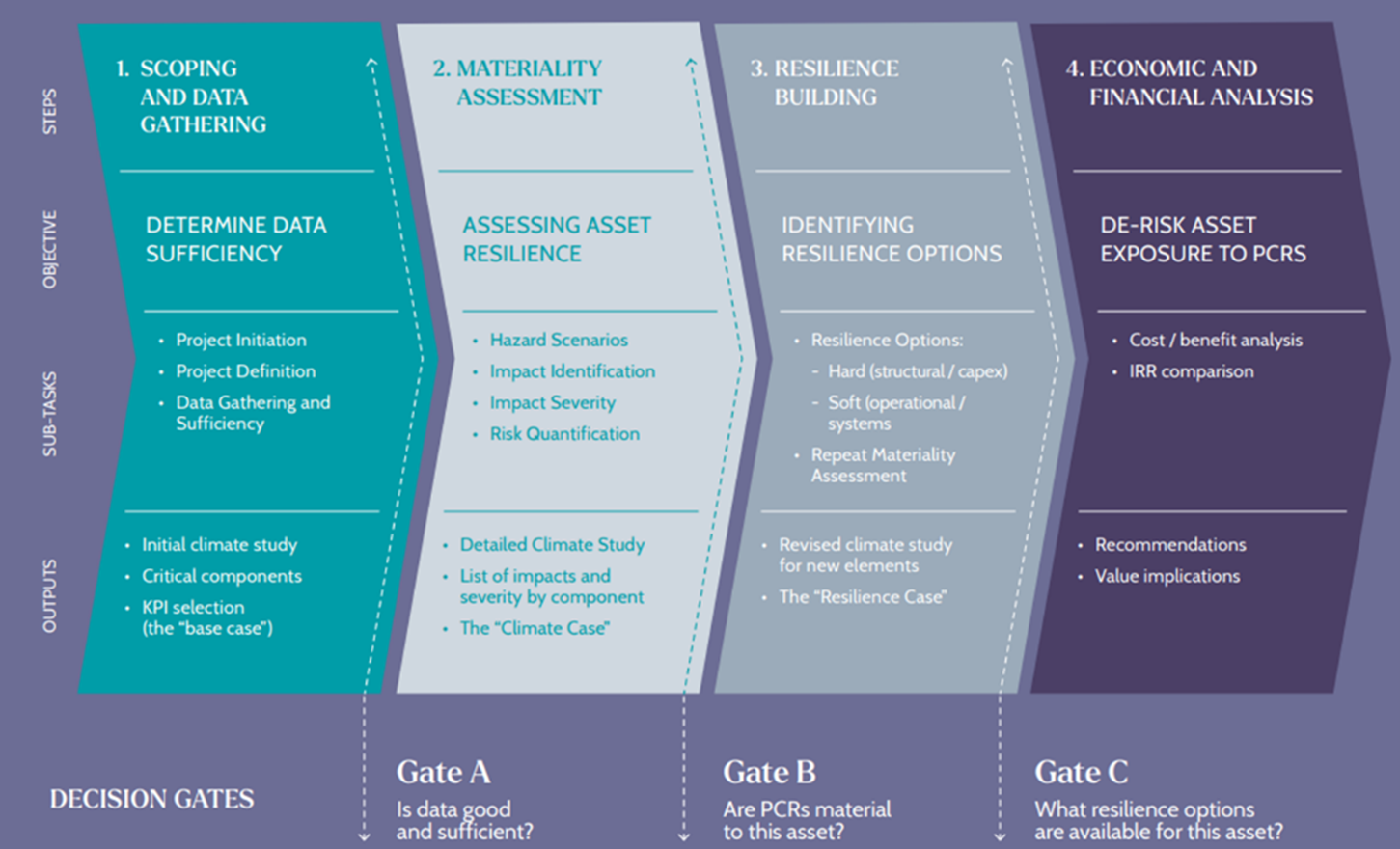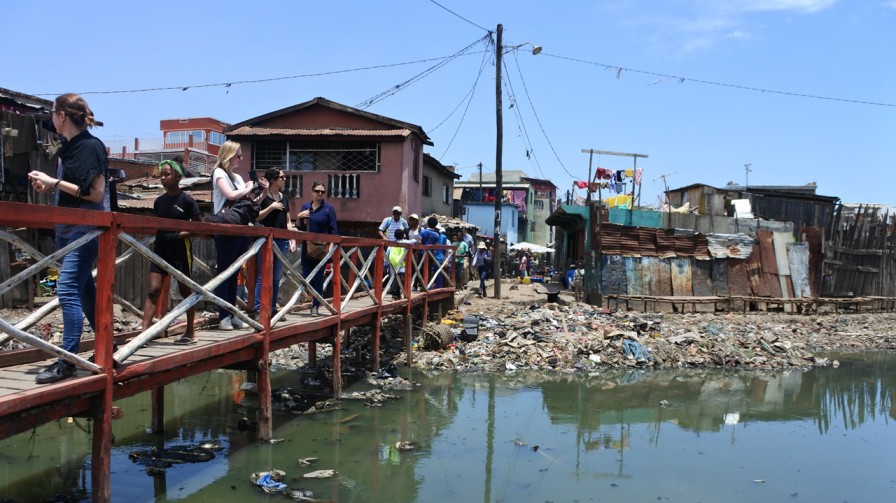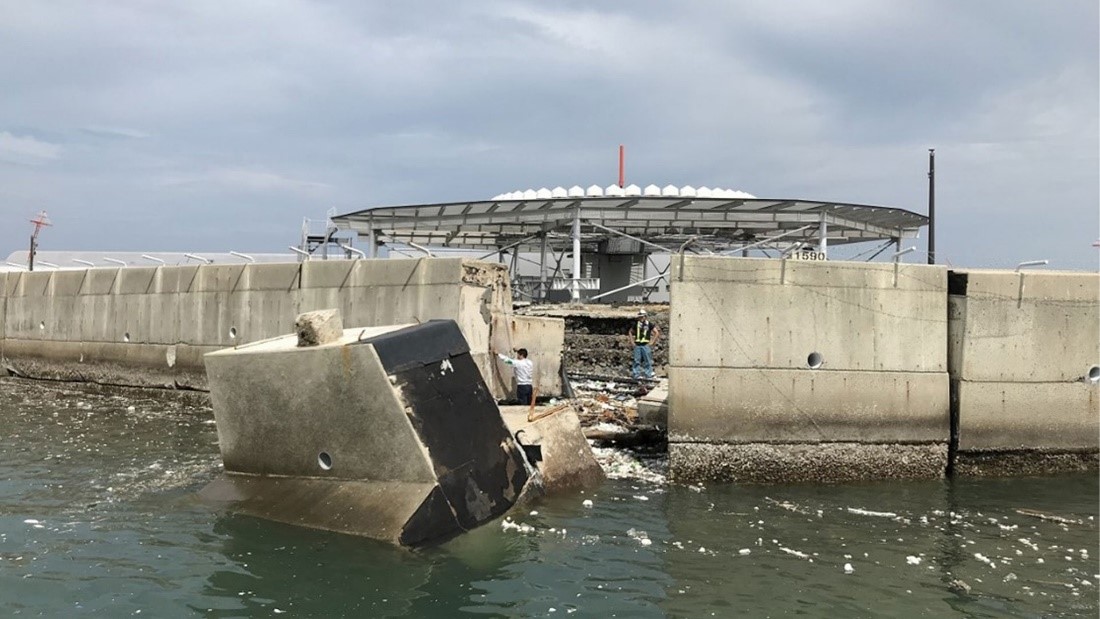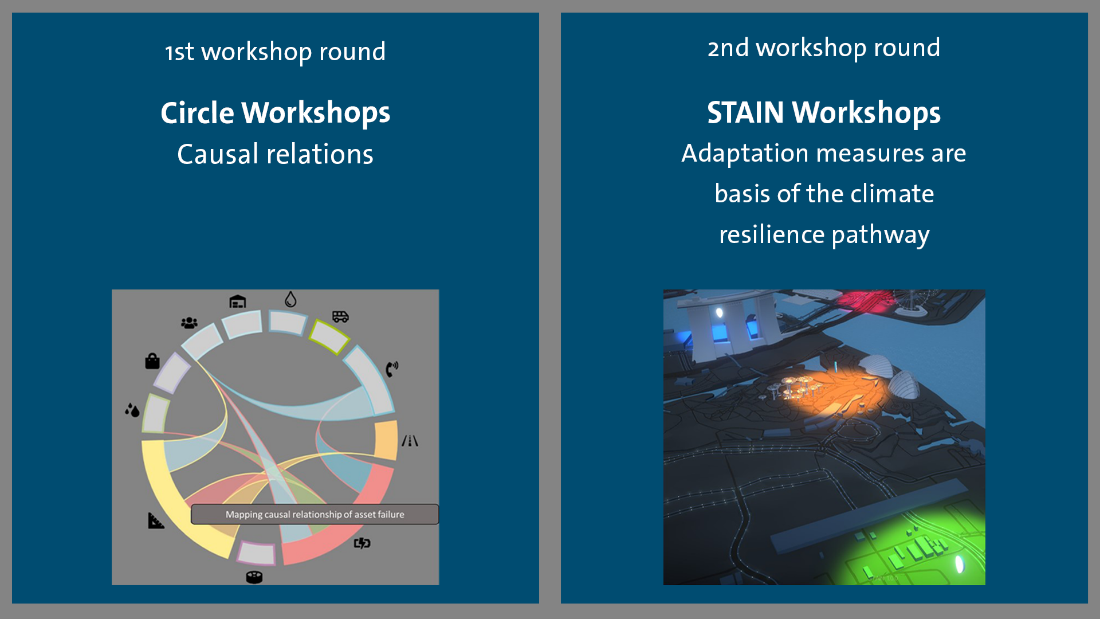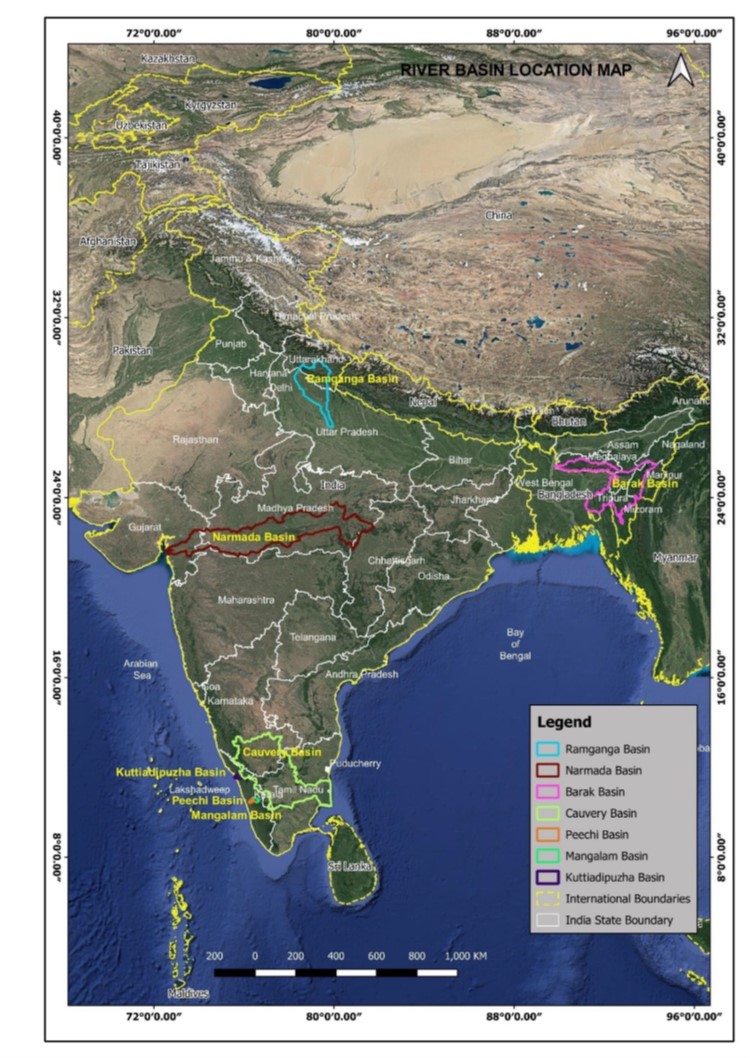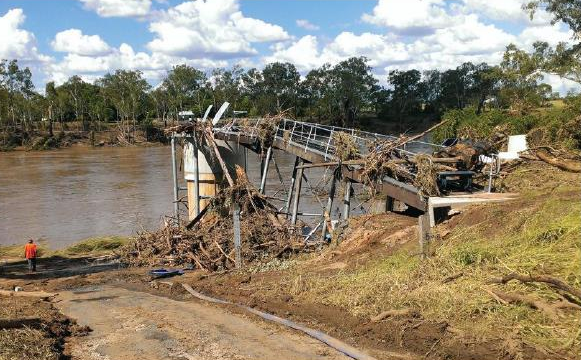 |
 |
 |
Business of Resilience Taskforce
Introduction
Business of Resilience (BofR) is an industry led Taskforce that spans Infrastructure, Insurance, and Cyber sectors. This is part of the UK’s Business of Resilience programme. The taskforce has worked to identify current strengths and future international opportunities for the UK’s resilience sector. The uniqueness of this group lies within the combined UK expertise and joint proposition from the insurance, engineering, technology, and cyberterrorism sectors. The intention is to design and deliver integrated resilience solutions to help anticipate and meet the growing risks to countries and local governments, including those linked to climate change, cyber, and infrastructure challenges.
About the Initiative
Climate change, the Covid pandemic and geopolitical tensions bring into sharp focus the need to improve global resilience. Communities, companies, and countries worldwide regularly face a range of threats such as disasters and cyber breaches. The impact of these events is pushing infrastructure and resilience thresholds to their limit.
No single intervention will be sufficient to deal with the largest disasters, so a new approach is needed as a matter of urgency. It is equally essential that a combined approach to resilience is adopted to manage risks effectively and secure, for example, the maximum value from insurance which will enable averaging of costs triggered by large events, across geographies and time.
The Business of Resilience is exploring the creation of a new combined insurance and infrastructure public/private offering that has the potential to enhance how governments invest in resilience. The combination of infrastructure resilient services alongside tailored insurance and financial products, should enable governments to better invest in pre-emptive adaptation, that otherwise might have been unaffordable. These investments would potentially mitigate the risks to society and reduce the cost of expensive remediation schemes. The offer would be targeted at mitigating infrastructure risk with holistic solutions that are focused on providing and designing incentive mechanisms for risk mitigation.
Learning & Impact
Siloed approaches to risk management can lead to gaps in protection. Central to the challenge of building global resilience is the ‘protection gap’ – the gap between economic losses and those that are insured. The global protection gap is 62%, which can be much higher in locations where insurance penetration is particularly low – for example, in Asia Pacific it is 88%. This means that millions of households and businesses around the world are exposed to significant risks. As highlighted in the UK government’s Resilience Framework, partnerships are necessary to build robust and sustainable infrastructure systems that can respond to external shocks. Developing a combined approach across infrastructure, insurance, and cyber industries can be a foundation to initiate a systematic response to address disaster resilient infrastructure challenge.
